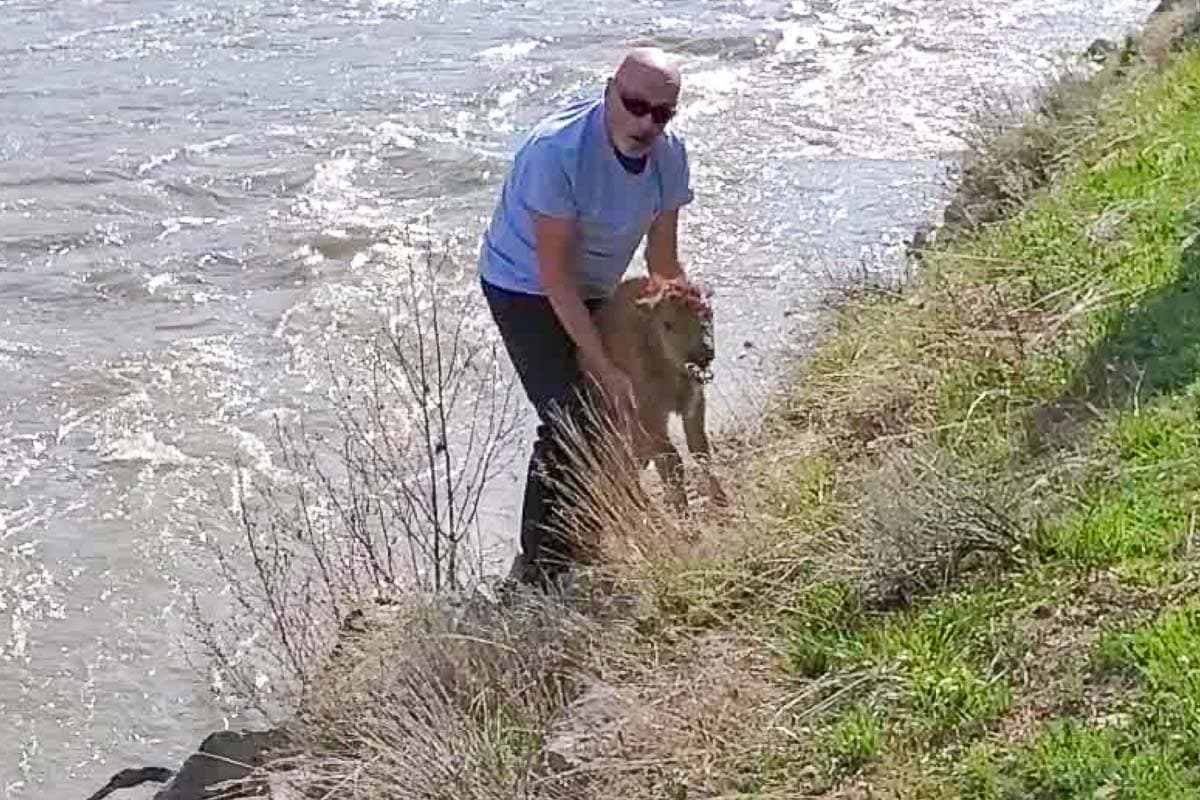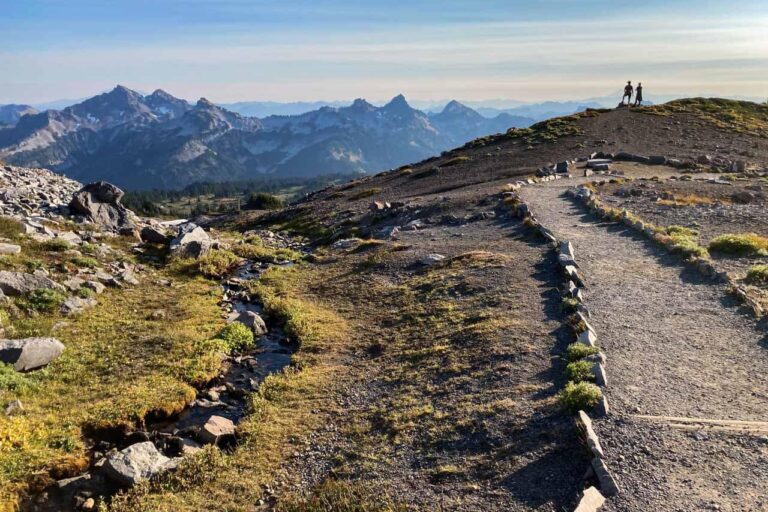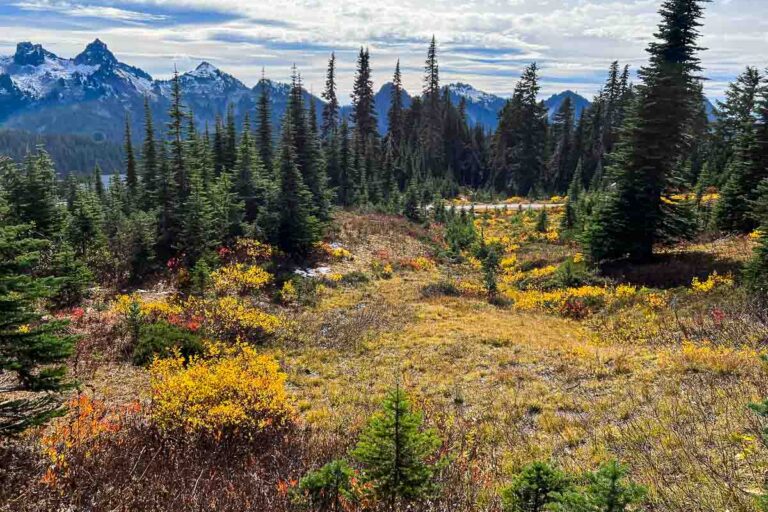Man Intentionally Disturbs Bison Calf in Yellowstone, Resulting in Death of the Calf
This news story about the intentional disturbing of a bison calf by a man in Yellowstone is based on a May 23, 2023, National Park Service press release. You can read the original release here.
Yellowstone National Park law enforcement officers are asking the public for information about an incident that occurred on the evening of May 20, 2023, between an unidentified man and a newborn bison calf in the park’s northeast corner.
The unfortunate incident where the man intentionally disturbed the calf resulted in the death of the calf.
Man Intentionally Disturbs Bison Calf in Yellowstone, Resulting in Death of the Calf
An unidentified white male in his 40-50’s, wearing a blue shirt and black pants, approached a newborn bison calf in Lamar Valley near the confluence of the Lamar River and Soda Butte Creek.
The calf had been separated from its mother when the herd crossed the Lamar River. As the calf struggled, the man pushed the calf up from the river and onto the roadway. Visitors later observed the calf walk up to and follow cars and people.

Interference by people can cause wildlife to reject their offspring. In this case, park rangers tried repeatedly to reunite the calf with the herd. These efforts failed.
The calf was later killed by park staff because it was abandoned by the herd and causing a hazardous situation by approaching cars and people along the roadway.
If you were in Lamar Valley on the evening of May 20, 2023, and have information that could help this investigation, please contact the Yellowstone National Park Tip Line at 307-344-2132 or YELL_Tip@nps.gov.
Yellowstone National Park Reminds Visitors to Keep Their Distance From All Wildlife
Approaching wild animals can drastically affect their well-being and, in this case, their survival.
Park regulations require that people stay at least 25 yards (23 m) away from all wildlife (including bison, elk and deer) and at least 100 yards (91 m) away from bears and wolves.
Disregarding these regulations can result in fines, injury and even death. The safety of these animals, as well as human safety, depends on everyone using good judgment and following these simple rules.
This incident is under investigation. Visit a webpage about when Yellowstone staff intervene in a natural process and why for more information.
Why Did Yellowstone Park Management Euthanize the Bison Calf?
If you’re wondering why Yellowstone National Park management decided to euthanize the bison calf, they offered an excellent explanation on their Facebook page. This was their response to the many comments by other users:
“Many of you are asking why Yellowstone would euthanize a bison calf instead of caring for it or sending it to a sanctuary. Federal and state regulations prohibit the transport of bison out of Yellowstone unless those bison are going to meat processing or scientific research facilities.
We now have a quarantine facility so bison can go through the months-long testing protocols for brucellosis and, if negative, be used to start conservation herds elsewhere. However, the use of quarantine for a newborn calf that’s abandoned and unable to care for itself is not a good candidate for quarantine.
This is a conversation that’s difficult to have on social media. But it’s important to understand that national parks are very different than animal sanctuaries or zoos.
We made the choice we did not because we are lazy, uncaring, or inexpert in our understanding of bison biology. We made the choice we did because national parks preserve natural processes. By this we mean undomesticated wildlife and the ecosystems they both depend on and contribute to.
Every day in national parks, some animals die so that others may live. In fact, as many as 25% of the bison calves born this spring will die, but those deaths will benefit other animals by feeding everything from bears and wolves to birds and insects. Allowing this cycle of life to play out aligns most closely with the stewardship responsibility entrusted to us by the American people.
Unfortunately, the calf’s behavior on roads and around people was hazardous, so rangers had to intervene: but the calf’s body was left on the landscape.
We provide this explanation not because we want everyone to agree with us, but because we believe that problem solving starts with difficult conversations. When these conversations arise, it’s important that you continue to speak freely, and with the assumption that everyone, including the person who handled the bison was operating with the best intentions.
Situations like this one are challenging, but they also offer a space for all of us to engage in deeper conversations about the meaning of wild places as we move forward into the 151st year of Yellowstone.
In all of this, there’s one takeaway we really want to underscore: please give animals room to roam. Stay at least 100 yards away from wolves and bears, and at least 25 yards away from all other animals. Help us make it socially unacceptable to do anything else.”






